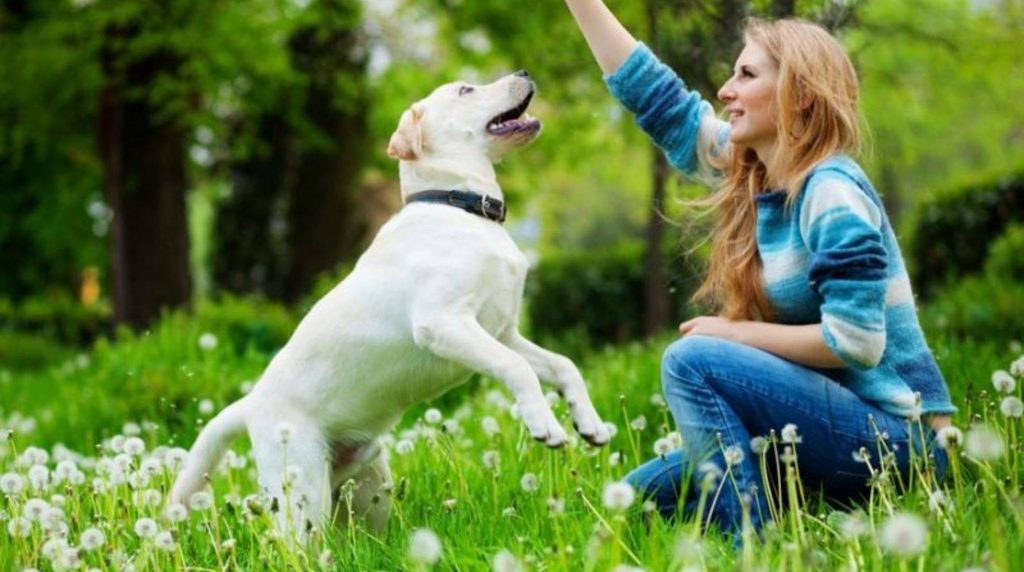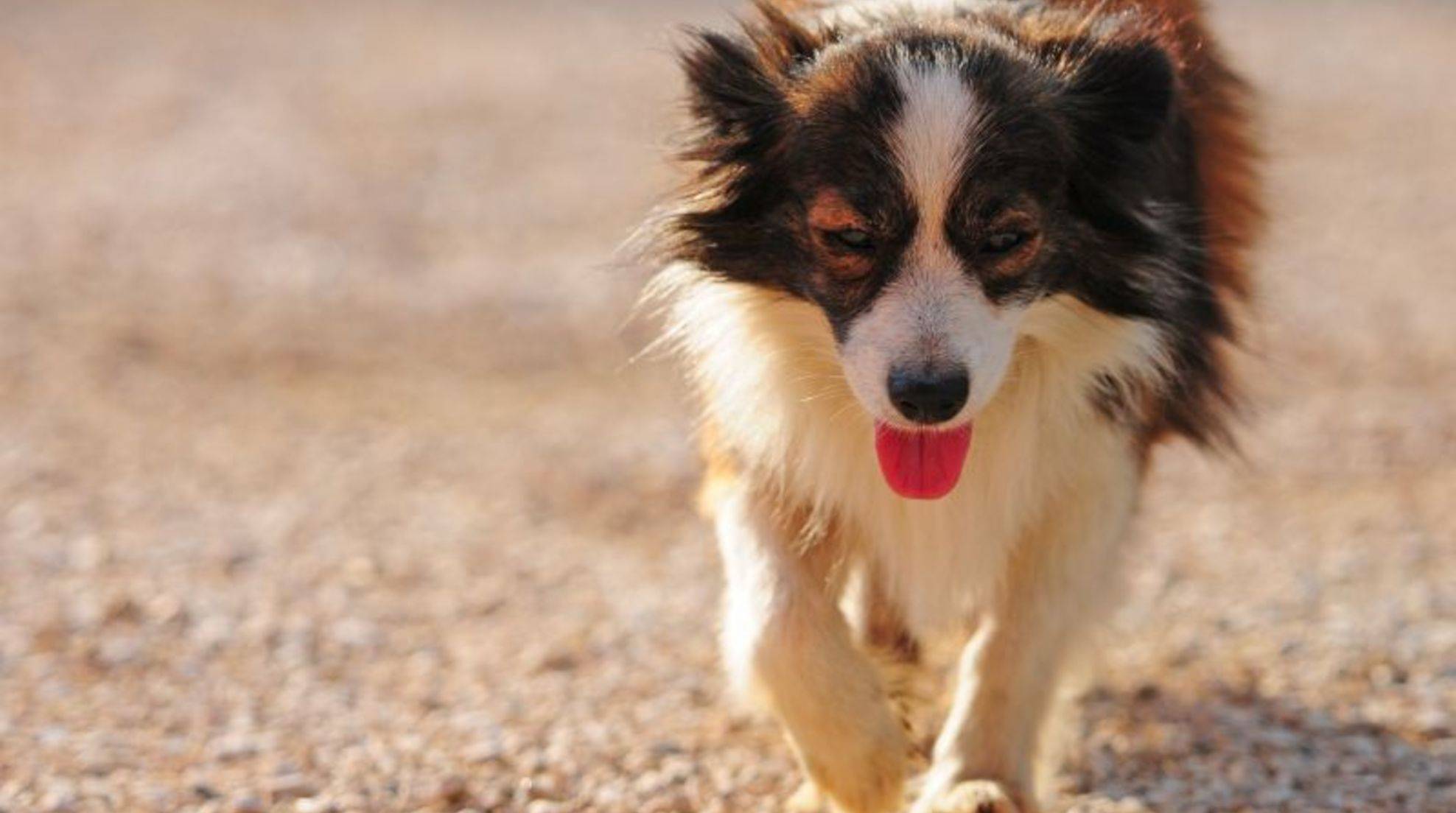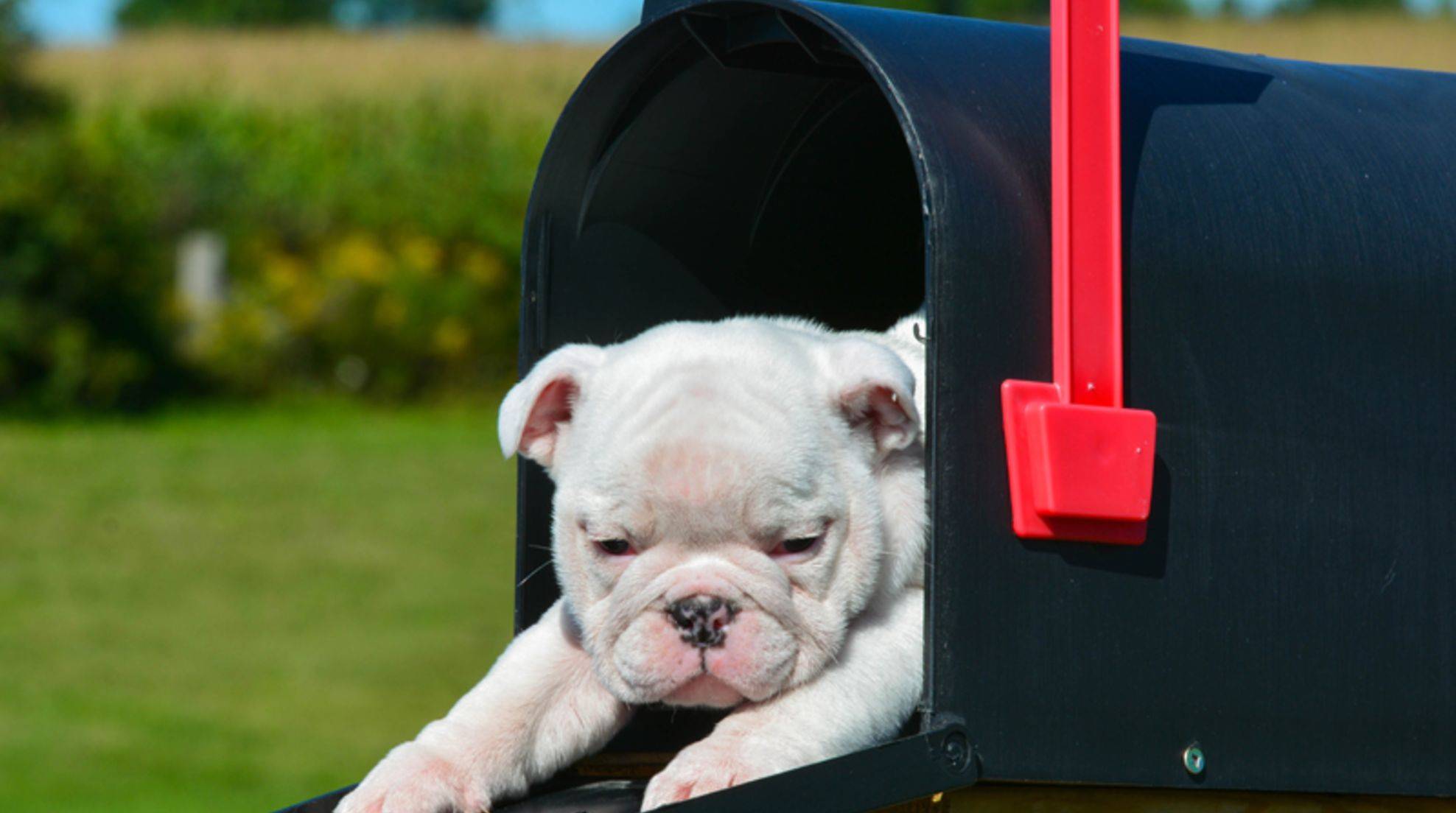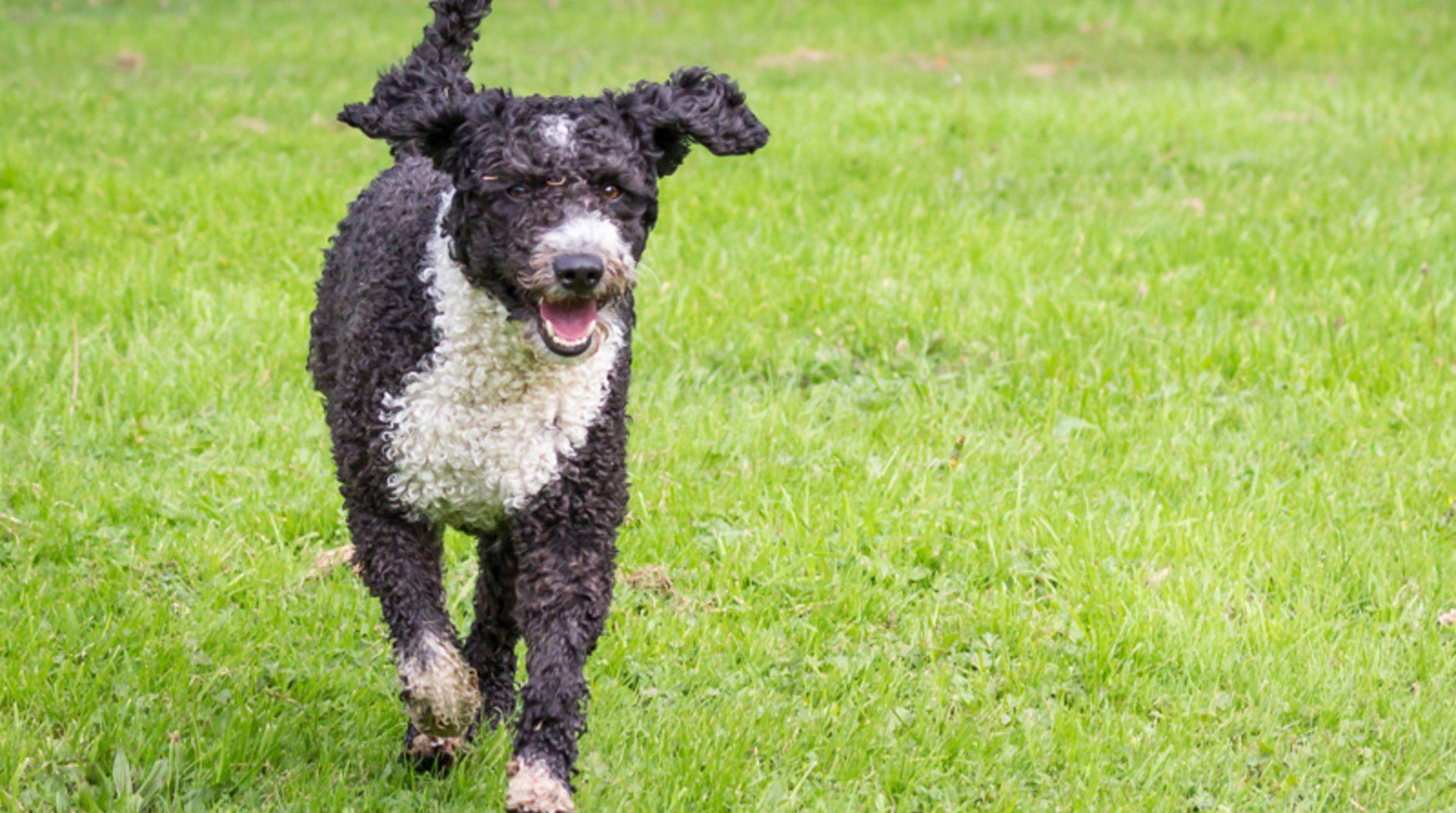Consistency in dog training: tips
Good dog training is essential for both dog and owner. Although the reward is always worth it, regular exercise can quite work. Any dog can be trained consistently with helpful tips, from hard-to-train problem cases to young puppies.
Consistency is the name of the game in dog training. You can find out how to train your dog consistently here.
Why consistent dog training is important
Every four-legged friend needs basic training right from the start. Man’s best friend is one of those pack animals that instinctively wants to fit into a social group. They need guidance. Otherwise, they lose their orientation and do not know how to behave appropriately. And it does not matter whether the group consists of conspecifics or people.
So, if your pet is left without education, he will lack essential rules of etiquette, which can lead to significant behavioral problems. If you have not clarified to your dog what you want from him and what behavior you expect from him, he will act as he sees fit. This can sometimes be dangerous; for example, if your dog goes on a foray alone, poaches or chases other animals. Dogs are predators and need a certain amount of control from their owners to avoid posing a safety risk.
What does consistency in dog training mean?
In a nutshell, consistency in dog training means first and foremost that you act the same way in certain situations. If your instructions always follow a clear pattern and are reliably the same, your dog will grasp the pattern and be better able to follow it. He will then understand the principle of cause and effect over time. The reason is a command or a specific signal; the result is a particular behavior that should follow this signal. So consistent training means that you set clear rules and communicate them unambiguously.
Example: If you always make your four-legged friend understand that begging at the lunch table is not successful and that he should refrain from doing so, you act consistently. If, however, you do occasionally give him a morsel from the table, you are acting inconsistently, and your dog does not understand why he should refrain from begging in the future. After all, it does work from time to time.
Stay consistent and on your line with your tasks and instructions – that way, your fur nose can understand what you demand and expect from it. Important: In addition to commands and compulsion, you must never forget the large portion of love and affection. And do not do without rewards, because: If your dog understands that he has to stop at the sidewalk and then gets a petting session, it makes more sense for him to stay there.
Train dog consistently: Basic tips
– Act the same way in the same situations
– Give clear and reliable instructions
– Do not back away from your line once a command has been issued
– Reward your dog when he acts correctly
– Punish your dog when he acts undesirably (Draconian punishments, excessive harshness, or even violence have no place in dog training).
– Always combine consistency in dog training with love and affection.
More tips for a good education: Learn playfully
So you have to make it clear that you are the pack leader, also by remote commands like “Sit!” or “Stay!”. However, “pack leader” here does not mean an authoritarian leadership style. Instead, it’s about guiding your dog and giving them a direction to go with you. The more reliable you appear to your dog, the more likely he will realize that it is worth his while to listen to you. He will then obey better and living with you will be much more relaxed.
Small tip for excellent cooperation: playfully teach your faithful friend a good education and build a good relationship with your animal partner. You are playing and learning to require an atmosphere of trust and joie de vivre. So it is not only fun for your dog to educate, but also for you.








